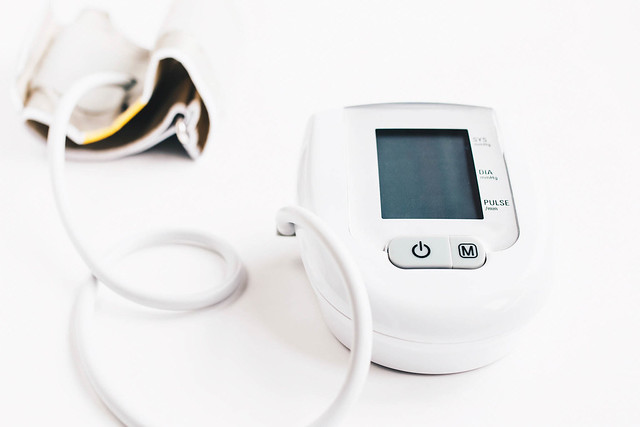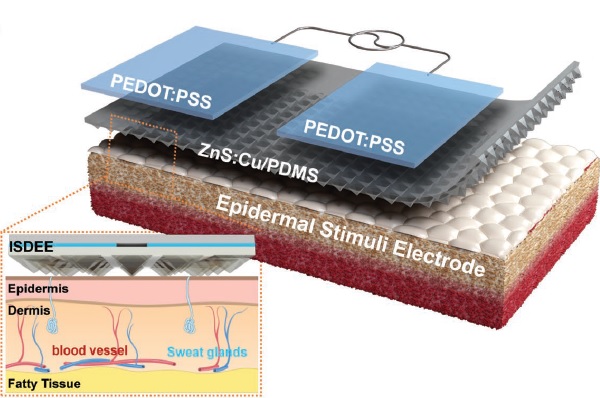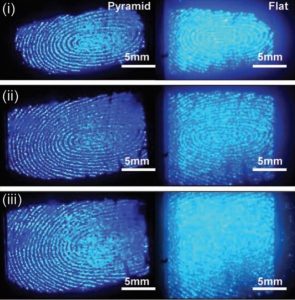Technology is slowly transforming health monitoring. Traditional trips to the clinic – not even possible for many – can often mean specialized equipment and invasive procedures with long wait times while qualified professionals produce and properly interpret the results.
More recently, the development of wearable devices has brought data collection into the home, with apps to interpret results at the point-of-care, allowing patients to respond quickly to their own needs and to take a greater measure of control over their own health and fitness plans.
Researchers working at Yonsei University and the Korea Electrotechnology Research Institute have produced the ultimate wearable healthcare device: a sensor mounted directly on the skin that uses the skin itself as a field-responsive floating electrode. It monitors several different physiological parameters, such as sweat-gland activity, temperature, and pressure, all at once through the skin’s changing conductance:
With an electric field of just 3.3 V μm−1 corresponding to a harmless current of roughly 2.4 mA through the skin, these sorts of measurements allow the monitoring of important information about the pulse and respiration, sweat level and body temperature (20–80 °C with a high sensitivity), as well as the compression exerted on joints in motion (with spatial information showing the points of maximum pressure). Changes to these parameters affect the AC field generated to enable the device’s second function: an interactive electroluminescent display.
The device is a 30–40 micrometre-thick strip composed of a polymer decorated with arrays of alumina micropyramids that have emissive ZnS:Cu microparticles embedded into them, and is topped off with two parallel polymer composite electrodes. The monitor is also sufficiently sensitive to detect and display fingerprints. The researchers demonstrated this function by taping a device to the end of a subject’s finger and having them press that finger to a transparent plate. The fingerprints were readily visualized through the plate via the electroluminescent display.
This deceptively simple, multifunctional sense-and-display skin-based device exploits changes in either capacitance or impedance.
To learn more about the exact mechanism and the device parameters, read the open access paper in Advanced Science.
Interested in healthcare devices? Here are some more articles:
Diagnostic Devices for Healthcare – Advanced Healthcare Materials
Biodegradable Circuits for Wireless Implantable Devices
E-Tattoo Enables Heart Health Monitoring



















